Introduction
Cubital Tunnel Syndrome occurs when the ulnar nerve is compressed at the elbow, affecting its ability to send signals between the brain and the body. As the second most common nerve entrapment condition after Carpal Tunnel Syndrome, it impacts hand function. The ulnar nerve controls sensation in part of the ring finger and the little finger, as well as muscles responsible for fine motor skills. Those with this condition often experience pain, numbness, and a "tingly" feeling similar to hitting the "funny bone," which is actually a sensation caused by the ulnar nerve.
Anatomy
The ulnar nerve originates at the neck and runs down the arm to the fingers, with the elbow being the primary site for compression. As it passes through the Cubital Tunnel—a space formed by muscle, ligament, and bone at the elbow—it can be compressed, causing faulty signals to the hand. The ulnar nerve is responsible for feeling in the outer half of the ring finger and the little finger, and it controls key muscles in the hand, such as the interossei, which move the fingers, and the adductor pollicis, which helps position the thumb. These muscles are crucial for gripping and holding objects.
Causes
Cubital Tunnel Syndrome stems from pressure on the ulnar nerve, though the exact cause is often unclear. Repetitive elbow movements, pressure from leaning on the elbow, or conditions like elbow fractures, bone spurs, and swelling can lead to nerve compression. The Flexor Carpi Ulnaris muscle may also press on the ulnar nerve within the Cubital Tunnel, contributing to irritation.
Symptoms
Symptoms of Cubital Tunnel Syndrome often include numbness and tingling in the ring and little fingers, which may be intermittent and exacerbated when the elbow is bent, such as during sleep. Poor coordination and a weakened grip are common, making everyday activities like holding objects or typing challenging. If left untreated, muscle deterioration and permanent nerve damage can occur. If symptoms persist for more than a few weeks, it’s important to consult a physician.
Diagnosis
A doctor will diagnose Cubital Tunnel Syndrome through a physical examination and a review of your medical history. The physician will test for ulnar nerve compression by tapping the nerve at the elbow and assessing hand strength, sensation, and movement. Imaging tests like X-rays, CT scans, and MRIs may be used to detect structural issues like bone spurs. Nerve conduction studies and electromyography (EMG) might also be conducted to measure nerve function and pinpoint the site of compression.
Treatment
Most cases of Cubital Tunnel Syndrome can be managed with non-surgical treatments. These include activity modification, rest, and pain management. Avoid repetitive elbow movements and avoid putting pressure on the elbow. Splints may be used to keep the arm straight, especially during sleep. Anti-inflammatory medications can provide relief, while occupational or physical therapy may help the ulnar nerve slide through the Cubital Tunnel and keep muscles strong.
Surgery
Surgery is an option if non-surgical treatments fail to alleviate symptoms or if there is significant muscle wasting. Various surgical techniques can relieve pressure on the ulnar nerve. One approach, simple decompression, involves removing the "roof" of the Cubital Tunnel. A more common procedure, anterior transposition of the ulnar nerve, relocates the nerve to the front of the elbow, either under the skin and fat (subcutaneous transposition) or beneath the muscle (submuscular transposition). Recovery from surgery may involve wearing a splint for several weeks, with longer recovery times for submuscular transpositions. Physical therapy is essential to restore strength and motion after surgery.
Recovery
Post-surgery recovery for Cubital Tunnel Syndrome can take several months. Nerves regenerate slowly, at a rate of about one millimeter per day. While most individuals experience significant improvement, those with severe nerve or muscle damage may face a longer recovery period and may not fully regain previous function. Regular follow-ups with a physician are important to monitor progress.



